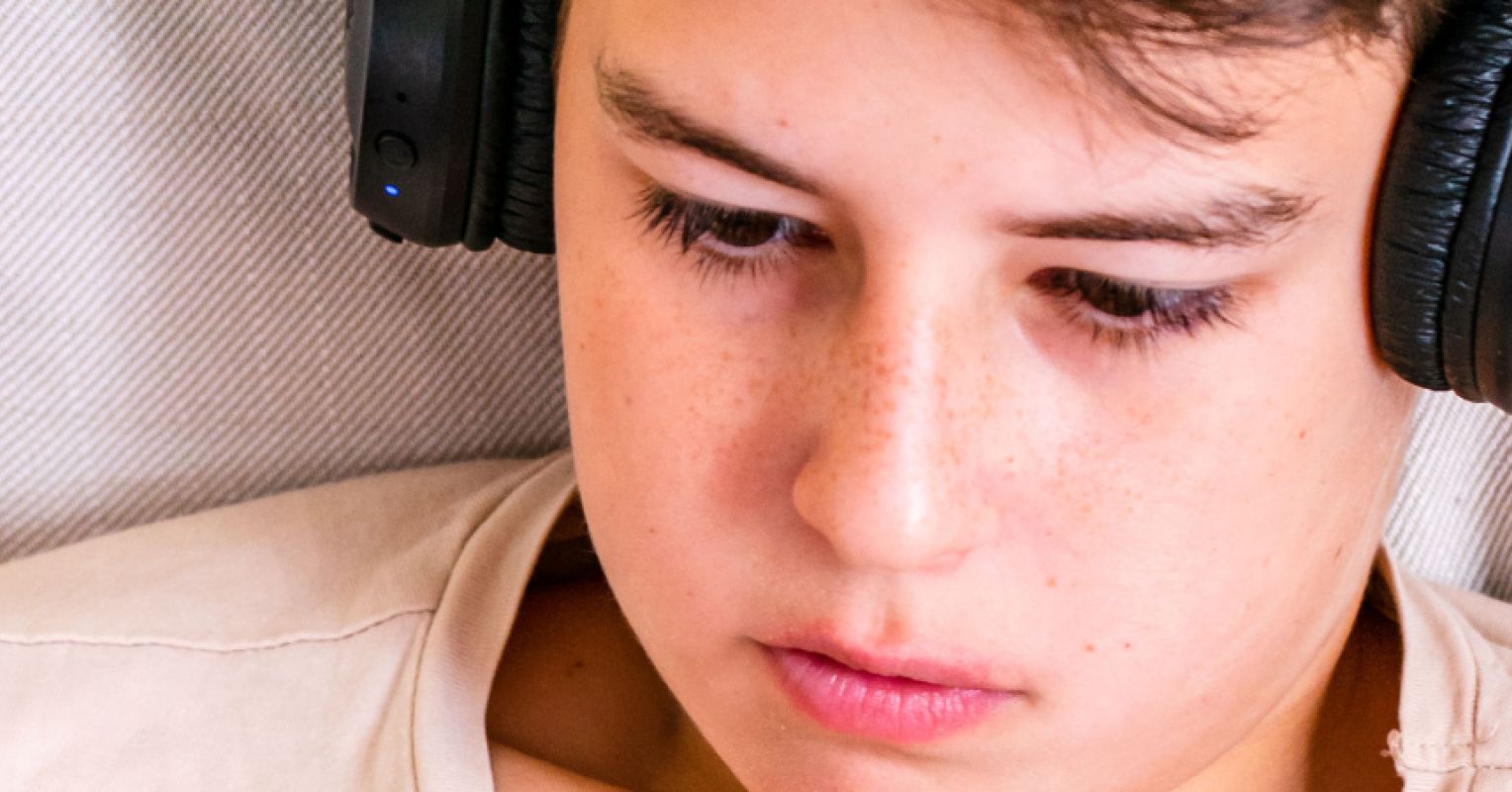
"The teenage brain is built to help young people explore the questions, "Who am I?" and "Where do belong?" Answering these questions isn't a solitary endeavor. It's a profoundly social one. As young people try out different versions of themselves, they watch how others respond, gathering information about what feels authentic and what doesn't. Today, many of those experiments and reflections unfold online, where algorithms and influencers play an outsized role in shaping the feedback loop."
""Digital Masculinity" content is common. Nearly three-quarters of teen boys regularly access masculinity-related content online, and nearly one in four experience high exposure. The most common messages revolve around making money, building muscle, and fighting or weapons. Gender stereotypes are alive and well. Over two-thirds of teen boys regularly see content that promotes problematic stereotypes (for example, that girls use their looks to get what they want)."
Adolescent identity formation is socially driven, with online feedback shaping experimentation and self-perception. Algorithms and influencers amplify masculinity-related messages that emphasize money, muscle, and fighting. Nearly three-quarters of teen boys regularly encounter masculinity content, and about one in four report high exposure. Over two-thirds regularly see content promoting problematic gender stereotypes. High exposure correlates with stronger beliefs that emotional disclosure is a weakness and with increased avoidance of emotional conversations. High exposure also associates with lower self-esteem and greater loneliness. Consistent real-world connection, curiosity about diverse perspectives, and open dialogue help boys resist harmful online norms.
Read at Psychology Today
Unable to calculate read time
Collection
[
|
...
]